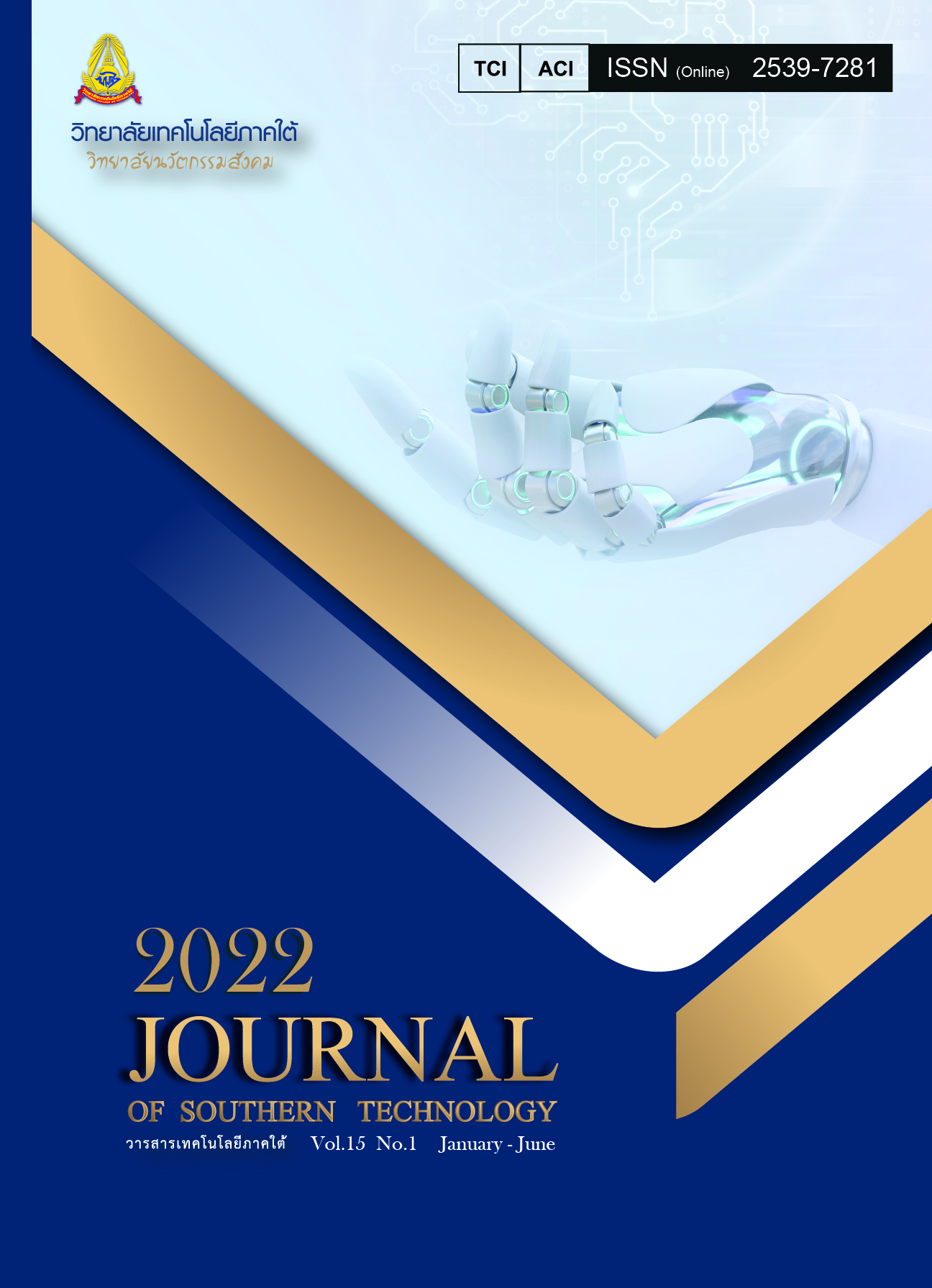Levels of Narcissism and Consuming Behaviors of Thai Facebook Users across Three Age Groups
Main Article Content
Abstract
Social media platforms allow users to express their narcissistic behaviors much easier. Differences in levels of narcissism can result in differences in consumer behaviors for making decisions on purchasing products and services. The objectives of this research are to study the consuming behaviors of Thai Facebook users across three age groups; the relationship between their consumer behaviors and levels of narcissism, and their purchasing behaviors with narcissism levels are above and below the average. This research was conducted by using a mixed-method design. The quantitative data were collected through a survey questionnaire to elicit information regarding their Facebook consuming behaviors and levels of narcissism using Narcissistic Personality Inventory (NPI) test. Participants in this study were Thai Facebook users from three different age groups ranging from 10–24 years, above 24–40 years, and above 40–55 years. The obtained data were calculated statistically by One-Way ANOVA and Pearson Correlation. Then, in- depth interviews were conducted to the participants who were purposively selecated to elicit information concerning their consuming behaviors in decision making to buy both products and services via online and offline (from stores). Results showed that among the three user groups, three behaviors were found to have statistical significance at the level of p = .05. These include photo adjustment before posting, comparison of their real lives and Facebook content, and beliefs that Facebook has influenced their behaviors. The average level of narcissism across all the participants was at 36.91 from 100. Paired t-tests also showed that Facebook users in age range of 10–24, and above 24–40 years demonstrate higher narcissistic levels than those above 40 – 55 years. This difference was statistically significant at p = .05 level. Facebook using behaviors of users in all age groups were positively correlated with and levels of narcissism. In terms of purchasing behaviors, those with above average scores of narcissism performed narcissistic behaviors for offline purchasing more than through online platforms. Each age group showed their production-reproduction of the purchased products and services differently through indirect performances such as, exhibiting with their faces and body images, their special relationships, and their self-esteem and mobility.
Article Details

This work is licensed under a Creative Commons Attribution-NonCommercial-NoDerivatives 4.0 International License.
-
Authors must agree to the journal publication rules and allow the editors to edit the manuscripts for publication.
-
Author’s right belongs to the author but Journal of Southern Technology holds the right of first publication and thus allow readers to use the article for the purpose of education but not commercial.
References
Bybee, B. T. (2012). Social Media Narcissism: An Examination of Blogs by B-list Celebrities. Thesis, Southern Utah University.
Cisek, S. Z., Sedikedes, C., Hart, C. M., Godwin, H. J., Benson, V, & Liversedge, S. P. (2014). Narcissism and Consumer Behaviors: A Review and Preliminary Findings. Retrieved 7 November 2021, from https://www.frontiersin.org/articles/10.3389/fpsyg.2014.00232/full.
Eksi, F. (2012). Examination of Narcissistic Personality Trails’ predicting level of internet addiction and cyber bullying through path analysis. Educational Sciences: Theory & Practices, 12(3), Summer, 1694-1706.
George, F. R., & Short, D. (2018). The cognitive neuroscience of narcissism. Journal of Brain Behavior and Cognitive Sciences, 1(1), 1-9.
Gnambs, T. (2016). Narcissism and Social Media Bahaviors: A Meta Analysis. Thesis, University of Koblenz-Landau.
Janevatchararuk, T. (2021). Almost Everything in Digital Communication. Bangkok: Danex Intercooperation Co., Ltd.
Lapsey, D. K., & Stey, P. C. (2011). Narcissism. In R. J. Levesque, Encyclopedia of Adolescence. Springer Science + Business Media LLC.
Leung, L., & Zhang, R. (2017). Narcissism and Social Media Used by Children and Adolescents, Springer Publisher Company, LLC.
Looy, A. V. (2016). Social Media Management: Technologies and Strategies for Creating Business Value. London, UK: Springer.
Littlejohn, S. W., & Foss, K. A. (2008). Theories of Human Communication (9ed). Canada: Wadsworth Cengage Learning .
Naderi, I., & Paswan, A. K. (2016). Narcissitic consumers in retial settings. Journal of Consumer Marketing. August 2016, 1 - 37.
Statista. (2020). Most Popular Social Networks Worldwide as of April 2020. Retrieved 5 November 2021, from https://www.statista. com/statistics /272014/global-social-networks-ranked-by-number-of-users/.
Wright, K., & Furnham, A. (2014). What is narcissistic personality disorder? lay theories of narcissism. Psychology, 5(1), 1120-1130.

